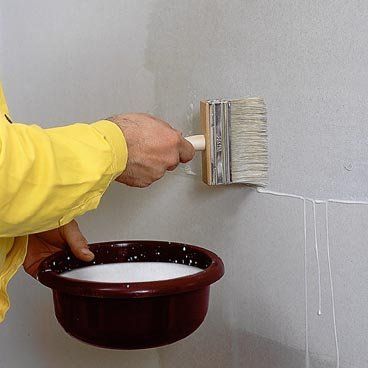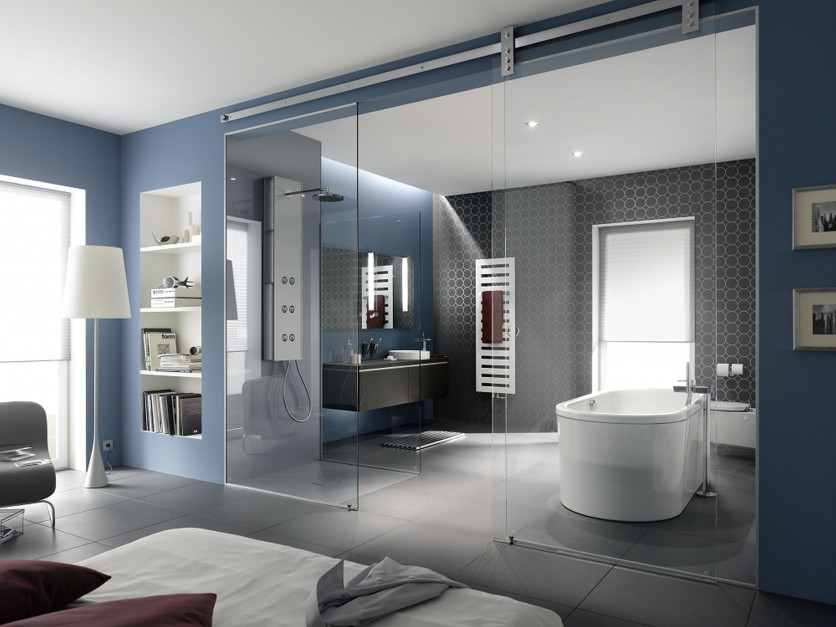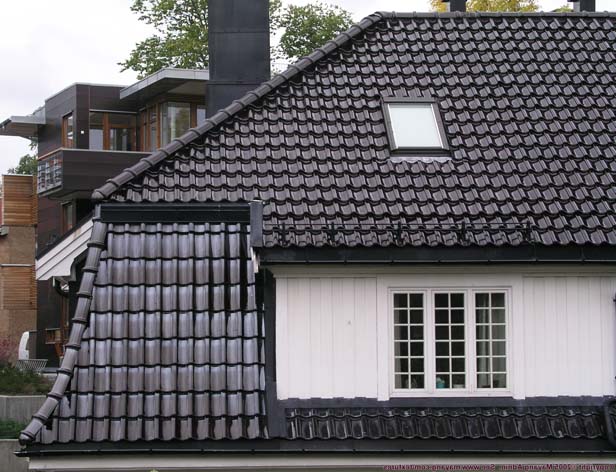Co sądzicie o nowoczesnych emulsjach do wnętrz?
Farby emulsyjne są obecnie najczęściej stosowane do odnawiania mieszkań. Warto więc wzbogacić wiedzę na ich temat, aby używać ich prawidłowo i efektywnie.
Farby w dzisiejszych czasach nie służą wyłącznie celom dekoracyjnym – są to złożone związki chemiczne, spełniające także bardzo istotną funkcję ochrony przed wilgocią i korozją.
Farby emulsyjne są farbami najczęściej używanymi, dlatego wielokrotnie unowocześniano sposoby ich produkcji. Stają się one coraz bardziej efektywne i rozszerza się ich zakres stosowania.
Farby emulsyjne
Emulsyjne farby ścienne są produkowane na bazie wody. Oznacza to, że syntetyczne cząsteczki spoiwa, zwykle polioctanu winylu, są zmieszane wraz z pigmentami barwnymi i tworzą zawiesinę wodną. Podczas malowania woda wyparowuje, a cząsteczki w niej zawarte, łącząc się ze sobą tworzą jednolitą warstwę na powierzchni ściany. Dzięki tym właściwościom farby emulsyjne możemy rozcieńczać zwykłą wodą.
Spoiwa zawarte w farbach powodują że farby te, w porównaniu ze zwykłymi farbami klejowymi, są mocniejsze i wytrzymalsze, dłużej nie zmieniają swojego koloru oraz można je zmywać wodą bez obawy o zniszczenie.
Farby emulsyjne mają także właściwości przepuszczania niewielkiej ilości powietrza i wilgoci oraz nie są toksyczne.
Są tańsze i wygodniejsze w użyciu od farb olejnych, szybciej schną i łatwiej je nakładać na powierzchnię, Wodny rozpuszczalnik powoduje, że udzielający się podczas malowania zapach nie jest zbyt intensywny i szybko mija. Rozlaną farbę można łatwo zmyć wilgotną szmatką, ale i leży to zrobić natychmiast. Dotyczy to także pędzli, które trzeba umyć wodą zaraz po użyciu.
Przygotowanie powierzchni
Przed malowaniem farbą emulsyjną, jak również każdą inną farbą, bardzo ważne jest odpowiednie przygotowanie powierzchni ma być czysta i gładka. Farby emulsyjne niestety nie mają właściwości pokrywania nierówności na ścianach. Wprost przeciwnie, świeżo nałożona farba uwypukli wszelkie nierówności ścian czy sufitów. Trzeba o tym pamiętać decydując się na użycie farby emulsyjnej. Przed przystąpieniem do malowania warto jest więc
i odpowiednio przygotować podłoże. Otwory i szpary należy wypełnić masą szpachlową lub gipsem, a po wyschnięciu przeszlifować papierem ściernym.
Malowanie powierzchni
Farby emulsyjne mogą być używane do malowania ścian i sufitów. Można nimi malować takie powierzchnie jak: tynki, płyty gipsowo-kartonowe, drewno, płyty pilśniowe oraz w związku z tym, że są odporne na alkalia – mury łączone na zaprawę, a także powierzchnie cementowe.
Emulsje można kłaść na inne farby emulsyjne, jak również na farby olejne, lecz te ostatnie muszą być uprzednio przeszlifowane papierem ściernym.
Farby emulsyjne można również zastosować do malowania futryn drzwiowych i ram okiennych. Są bowiem tańsze, łatwiejsze w użyciu i szybciej schną. Niestety, są zdecydowanie mniej odporne i wytrzymałe od farb olejnych czy poliuretanowych.







